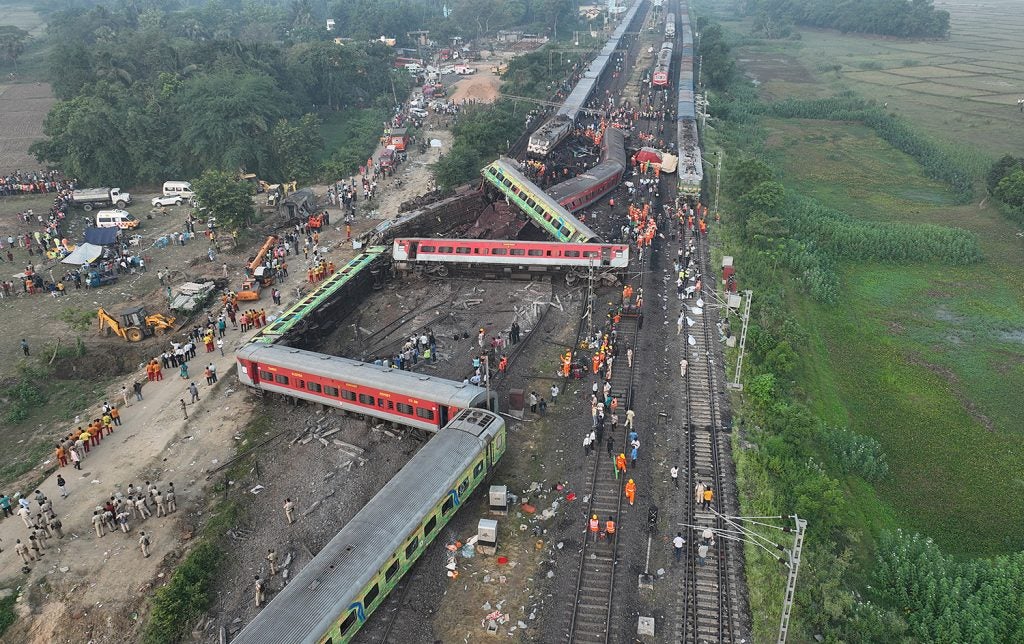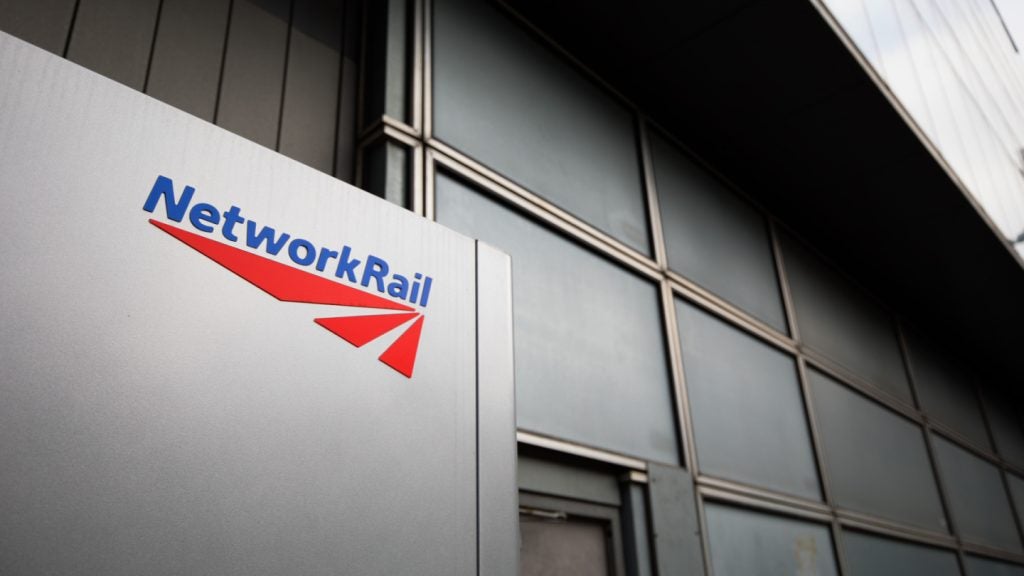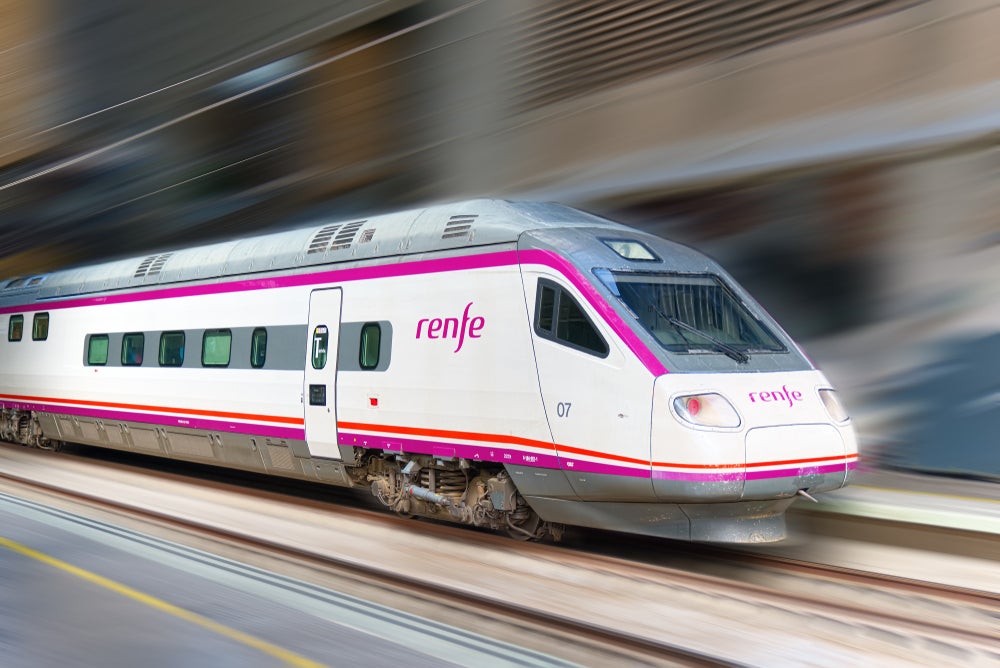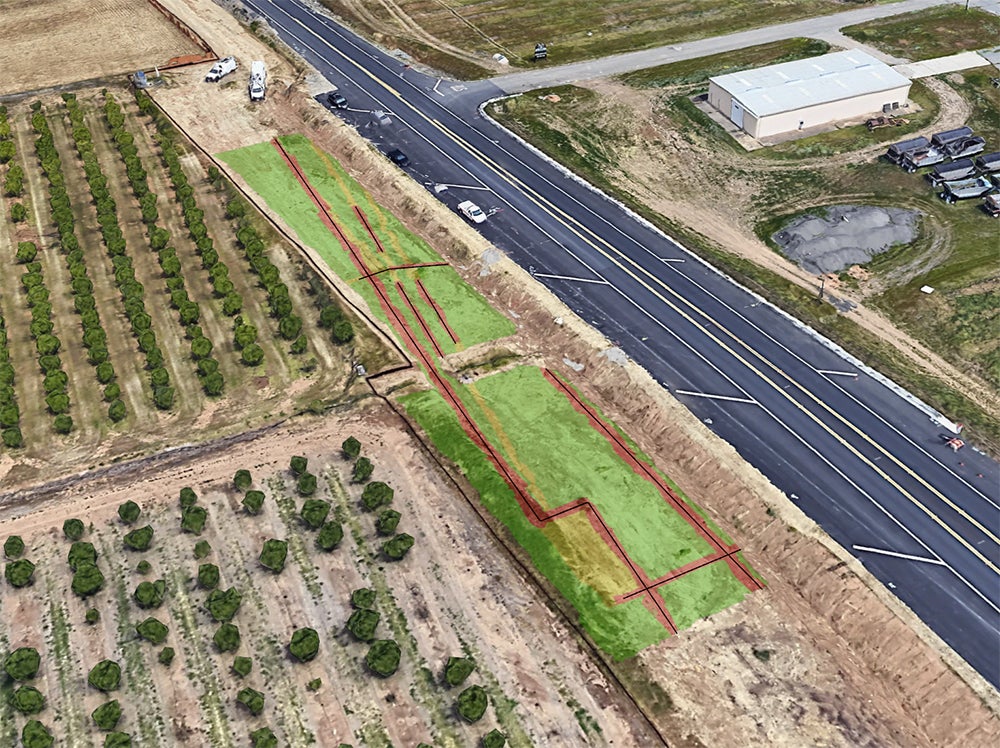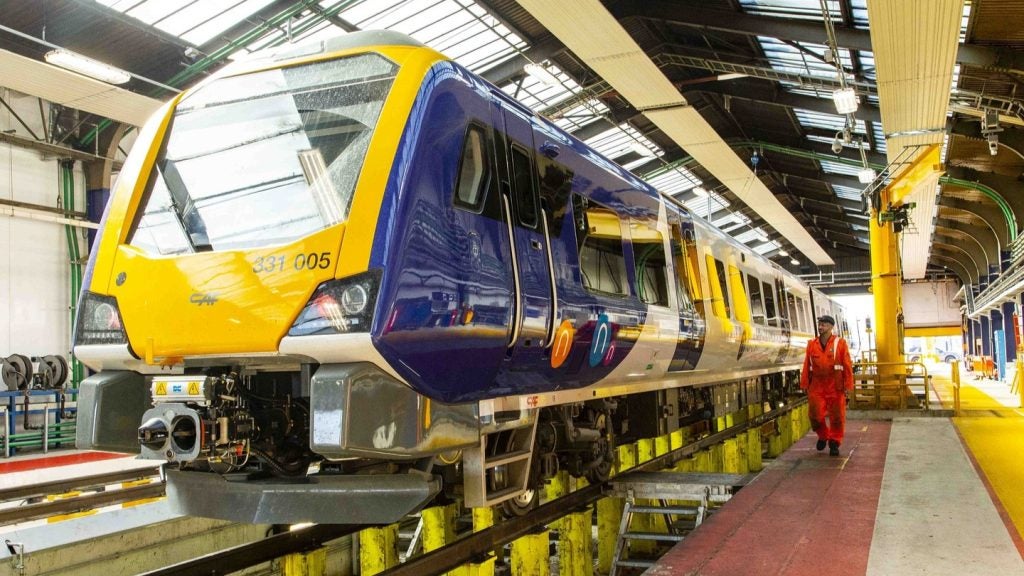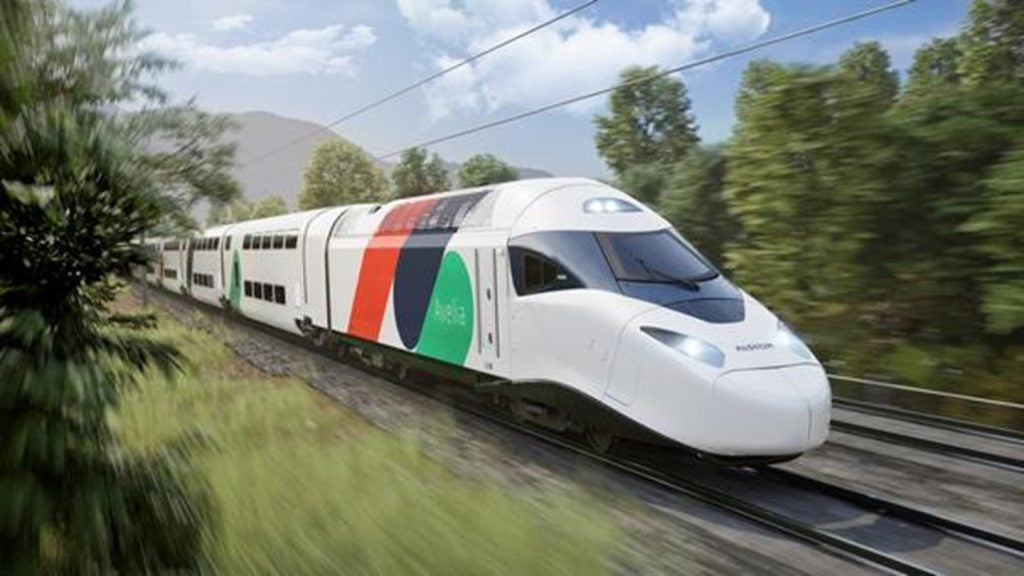On 2 June 2023, three trains collided in the Eastern Indian state of Odisha, killing at least 288 people and injuring over 1,100 passengers – rapidly becoming regarded as one of the world’s worst train disasters in decades.
According to officials and witnesses, the train accident occurred within an estimated 10-minute timeframe, located in the midst of farm fields in the Balasore district and resulted in the eruption of shrapnel and personal objects strewn across the tracks.
At 6:50pm on 2 June 2023, the Coromandel Express, which operates from Kolkata in West Bengal to Chennai in Tamil Nadu, collided at a speed of 80mph (128km/h) with a suspended freight train.
According to South Eastern Railway, at around 7pm, carriages from the freight train then collided with two coaches of the Howrah Superfast Express train, which was heading in the other direction, resulting in the horrific pile-up.
As reported by The Guardian, Rajesh Kumar, the senior deputy commercial manager of South Eastern Railway, said “the Coromandel Express had changed tracks, which led to the incident” and that the reason would be investigated.
The rail network in India is the largest in Asia and the fourth largest in the world, covering over 70,000km, raising the issue of how such an extensive system is not sufficiently advanced to prevent such tragedies.
Furthermore, according to the Safety Information Management Systems (SIMS) the extensive network runs around over 13,000 passenger trains every day and as reported by the BBC, more than 3,000 passengers were thought to have been travelling on the two passenger trains, emphasising the multitude risk to life that took place.
Response and rescue efforts
The accident was reported as a "deafening sound" and led to nearby residents, who heard the collision, desperately rushing to aid the situation – even using the flashlights on their mobile phones to begin searching for survivors, as reported by CNN.
The disaster management plan produced by Indian Railways, a statutory body under the Indian Government, emphasised that the immediate focus was on the search and rescue of those affected and to evacuate those likely to be affected by the disaster.
Although the people of Oshida united together to face the aftermath of the accident, many families grew distrustful of officials as up to 100 bodies remained unidentified and unclaimed at the All India Institute of Medical Sciences (AIIMS), as reported by The Independent.
On June 5, 2023, the Indian Government, with the assistance of the Odisha Government, made public links to images of the deceased, those admitted to hospitals, and unidentified bodies.
Furthermore, the major railway networks across India, including the South Eastern Railway based in Kolkata, responded to the train collision by cancelling over 50 trains in the days following the incident, with further trains diverted and rescheduled.
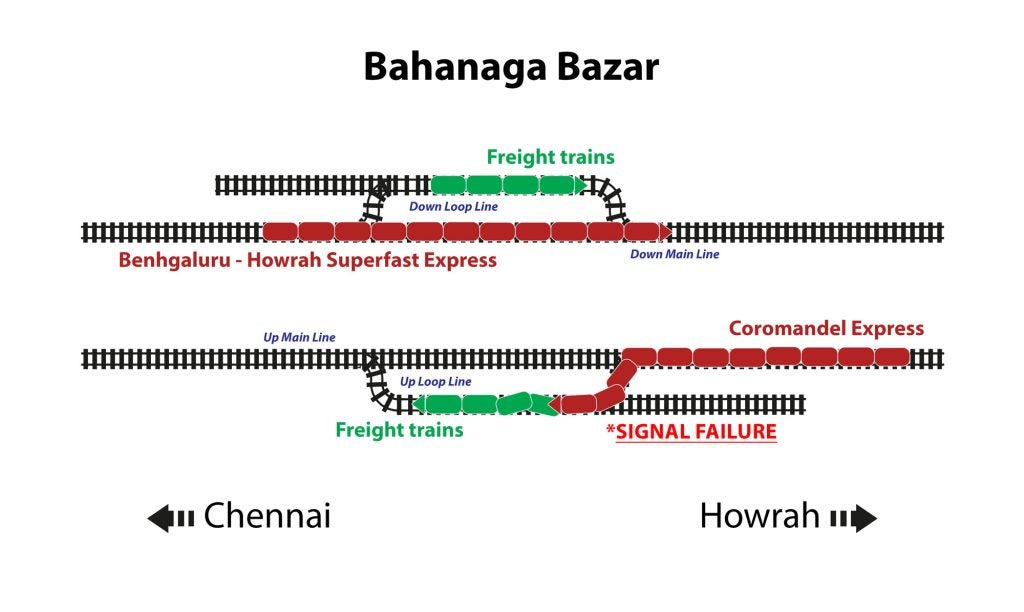
Mark Phillips, CEO of the UK Rail Safety and Standards Board (RSSB), issued a statement after the accident, stressing the response from other nations in solidarity with this tragic event and emphasising the lessons to be learnt from the occurrence.
“RSSB sends our deepest condolences to the family and friends of those that lost their lives in Friday’s devastating rail accident in India,” Phillips said.
“Right now, our thoughts are with those working tirelessly to support survivors, and those who will investigate and find the cause of how this happened. At RSSB we will be closely monitoring developments and ensure any relevant lessons learned in India can be applied here in Britain too.’
Adding to this was a comment from Mike Lynch, General Secretary of the RMT, a British trade union representing workers in the transport sector, underlining the importance of a safe railway system.
“The thoughts of everyone within the RMT are with Indian railway workers, passengers and their bereaved families following this awful tragedy,” said Lynch.
“Whenever there is an accident of this magnitude, it underlines that safety on railway systems everywhere must be a top priority.”
The disaster in Odisha represents the deadliest train collision in over two decades in India and ranks as the third worst train collision since 1954.
The Indian Government responds
Following the Odisha train collision, India's Prime Minister Shri Narendra Modi and India’s Railway Minister Ashwini Vaishnaw took to Twitter and other forms of communications to demonstrate their condolences, hoping to unite a distraught nation.
Narendra Modi expressed his condolences within hours of the incident and announced an ex-gratia payment to be implemented from the Prime Minister’s National Relief Fund (PMNRF).
The payment of INR200,000 ($2423.73) would be given to the next of kin of each deceased in the train mishap in Odisha. The injured would be given INR50,000 ($605.93).
On 3 June 2023, one day after the fatal crash, Modi chaired a high-level meeting to take stock of the situation and stated his determination when headed to the incident's location to review the situation.
Modi said: “We took stock of the situation at the site of the tragedy in Odisha. Words can’t capture my deep sorrow. We stand committed to providing all possible assistance to those affected. I laud all those working round the clock, on the ground and helping out in relief work”.
An insight into the investigation
Despite the ongoing investigation and conflicting causes of the accident among many sources, the common blame for the disaster has been on a signalling failure, as stated by Vaishnaw in a report by Sky News.
After coming under scrutiny and criticism, which spread across the nation and left citizens pleading for his resignation, Railway Minister Ashwini Vaishnaw was praised for successfully getting trains moving on the affected tracks alongside noting the accident took place “due to a change in electronic interlocking”, as reported by The Independent.
Vaishnaw blamed the tragedy on the electronic interlocking, "a system that manages the tracks and signal sequencing using sensors and feedback”, adding that "whoever did it and how it happened will be found out after proper investigation".
Authorities in India began a formal investigation on Monday 5 June, with the Central Bureau of Investigation (CBI) determining whether criminal charges will be levelled.
The CBI inquiry became a source of great concern for various authorities, including Congress president Mallikarjun Kharge, who addressed a letter to Prime Minister Shri Narendra Modi on Monday 5 June, underlining the urgent need for rail network modernization across the country.
Kharge highlighted various questions and demands in his letter, which emphasised a lot of change is yet to be implemented across the rail system in India.
An example of this is the anti-train-collision system, Kavach, and why it has been "put on the back burner", with Kharge questioning why only "a measly 4% routes of Indian railway"s have the Kavach sytem so far.
In addition to this many officials and sources have claimed this system could have prevented the Odisha tragedy.
The Kavach railway system designed and developed by Research Design and Standards Organisation (RDSO) is an automatic train protection system which will be implemented across the Indian Railways network.
According to the Press Information Bureau (PIB) when a loco pilot jumps a Signal Passed at Danger (SPAD), which is one of the primary causes of train crashes, the system issues a warning.
The Kavach system is set to further reduce the probability of train collisions in block sections and on running lines at stations through non signalling based protections and allow trains to run at maximum permissible speed safely.
Kharge finalised his letter with his call for concern “Today, the most crucial step is to prioritise installation of mandatory safety standards and equipment across railway routes to ensure safety of our passengers and no reoccurrence of an accident like the one at Balasore”.
Safety improvements continue on the Indian rail network
Despite the tragedy, there is still hope for India's train network renovation in the future. Indian Railways and the Ministry of Railways confirmed in their 2023 railway budget, that the capital expenditure increased by 6%.
“In 2023-2024, Indian Railways’ capital expenditure is targeted at INR2,600bn ($727.12bn), an increase of 6% over the previous year," the report states. "The share of capital expenditure in total expenditure of Indian Railways has consistently increased in recent years, despite low revenue surplus”.
According to The Economic Times, authorities claimed that this amount will be spent on installing new lines in order to decongest the railways in India and prepare them for the future.
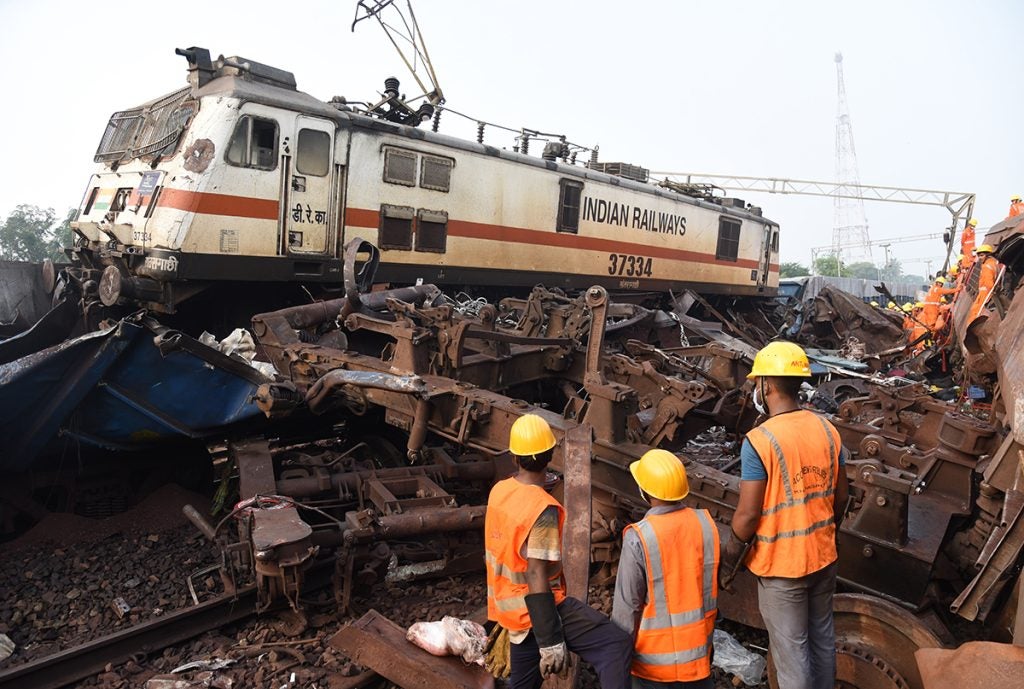
Indian Railways stated in its new steps towards safety and security in 2022 that “the safety of the 13 million passengers that Indian Railways serve every day is of paramount importance to the system", as evidenced by the number of steps taken, which include increased training and introducing updated technology on its network.
GlobalData’s report on construction in India, ‘Key Trends and Opportunities to 2025’, highlights the modernisation and electrification of the railways by December 2023.
“In the most recent budget, the government allocated INR2.3trn ($32.2bn) to the ministries of road transport, highways, and railways,” the report states.
“The government also mentioned that broad gauge route electrification is expected to be 72% completed by the end of 2021, while full electrification will be achieved by December 2023”.


